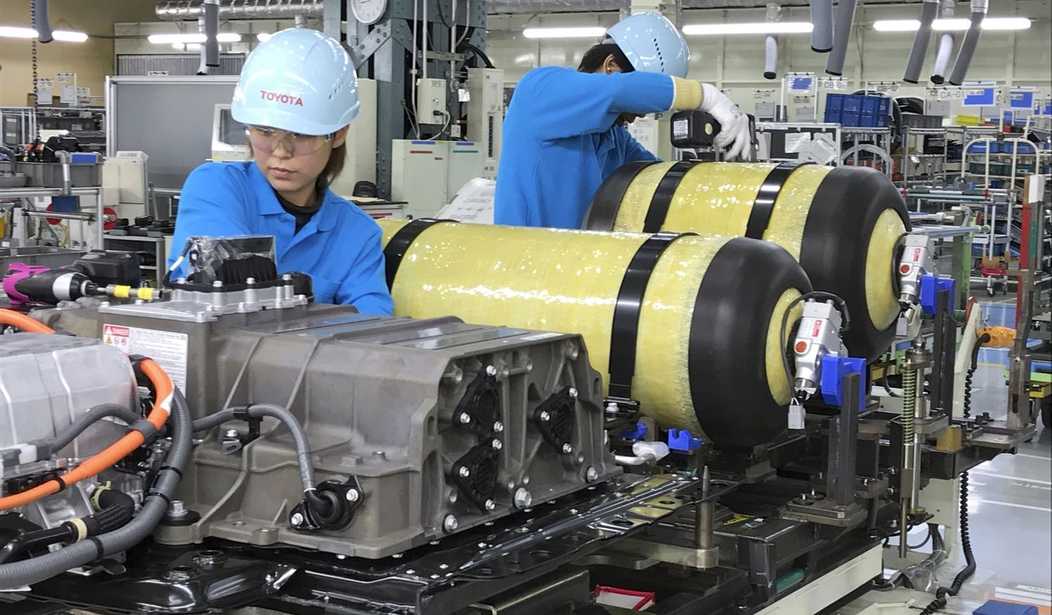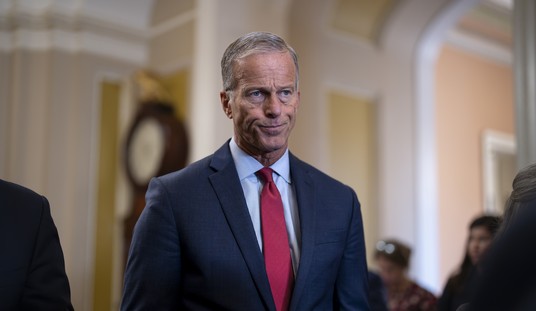Hydrogen-fueled aircraft seems like “Jetsons” science fiction. In some respects, they still are.
American Airlines recently invested in a company called ZeroAvia. ZeroAvia builds hydrogen-electric, zero-emission powertrains. American Airlines joins a number of other airlines including Air France, British Airways, Delta Air Lines, Lufthansa, and Southwest, investing in hydrogen-powered engines and airport infrastructure with an end goal of regional aircraft powered by hydrogen, potentially by the end of this decade. The initial AA purchase was for 100 powertrains. United is also an investor in ZeroAvia but was less ambitious. United contracted for 50 engines with an option to buy another 50. United intends to retrofit existing regional aircraft to fly on hydrogen fuel.
But don’t hold your breath.
Will passengers will be boarding aircraft powered by liquid hydrogen soon? At some point, yes, but don’t count on boarding a hydrogen-powered wide-body on a cross-country trip any time soon. That is decades in the future. What we can expect by the end of the decade is a limited number of short commuter, prop-driven flights powered by liquid hydrogen. The hurdles to achieving hydrogen-powered flight at scale have been known for several decades.
During the Cold War, both the United States and the Soviets tinkered with hydrogen to drive aircraft. The Soviets flew their version, but when the evil empire collapsed so did its hydrogen-driven aircraft project. Engineers at Skunk Works (the designers who built the SR-71 Blackbird) looked to replace the kerosene distillates invented to power the spy plane with hydrogen. It was called project Suntan.
Hydrogen as a propellant seemed like a great idea. The team wasn’t able to work out the two major problems of hydrogen-powered aircraft.
The first was range. A theoretical aircraft could make the hop to Las Vegas but flying over the Soviet Union was impossible. Unless a hydrogen-fueled aircraft had a range of several thousand miles the project wasn’t practical. Hydrogen has three times the pop of kerosene per unit of mass, but it needs four to seven times the volume of dense fuels like kerosene.
And storage of liquid hydrogen is potentially dangerous. The Lockheed team stored several hundred tanks of the liquid at Skunk Works. A visiting scientist noticed and was aghast. “My God … you’re going to blow up Burbank.” It almost happened. There was a fire that, had it reached the tanks it could have leveled Skunk Works and a lot of Burbank.
The man running Skunk Works, Kelly Johnson scrapped the project. Johnson told DC that a hydrogen-powered aircraft was a “dog”.
65 years later, civil aviation engineers are dealing with the same problems that stumped Kelly Johnson, with added issues of fuel cost and infrastructure support. The latter is the major hurdle. And there is the added issue of how “green” is the liquid hydrogen end product. The vast majority of liquid hydrogen produced today is the product of steam-methane reforming. That process involves hot steam mixed with methane. It separates the molecules but it also produces CO2. Using fossil fuel to produce hydrogen isn’t considered “green”. The industry’s color-coding designates that as “blue” hydrogen.
Can “green” hydrogen be produced? Yes. But the process of electrolysis, ripping molecules apart via electricity is only “green” if the electricity generated is also “green”. That means a hydroelectric plant, wind or solar farms. Only about one percent of the world’s hydrogen is produced this way. Airlines are, apparently, committed to hydrogen as an aviation fuel but at present, there is limited, to no infrastructure to support hydrogen fueling. Without on-site fuel production at each hub or airport, the cost of producing hydrogen is about double the cost of Jet-A fuel.
How much renewable production is needed? A lot. Between 500 and 1,500 gigawatts. That translates to upwards of 60 percent of what is available in today’s market. By 2050 the demand for liquid hydrogen could increase by a factor of 6, with 75 percent of that production designated as “green”. At least, that is what the experts have “papered out”.
That means a lot of wind and solar farms close to airports to make it cost-effective and “green”. A regional airport converting just 10 percent of infrastructure to liquid hydrogen would need around 5,000 tons of it, each year. Compound that with thousands of airports and then consider the enormous infrastructure change needed for airports like LAX or O’Hare and you can see the potential logistical problems. Short-range, regional aircraft can, presently, be powered by liquid hydrogen through a retrofit.
But fueling a converted powertrain is just the first step. If the aircraft can’t refuel at the endpoint, it’s grounded. Liquid hydrogen powertrains exist today. Long-range aircraft carrying hundreds of passengers is a “thing” of the future, but all of this will need massive changes in ground support to take us from science fiction to science reality.
How close to passenger aircraft using hydrogen are we? For example, the first four-seater aircraft in the world powered by a hydrogen fuel cell took its maiden flight in 2016.
What are the chances of George Jetson commuting to work, driving a liquid-hydrogen car? Zero. It’s not scalable. The aviation industry can, in theory, do it. It accounts for just 2.4 percent to 3.6 percent of fossil fuel used but conversion to liquid-hydrogen will require massive industry-wide changes. Converting cars to hydrogen is a science fiction cartoon. Sorry, George, no flying car for you.













Join the conversation as a VIP Member